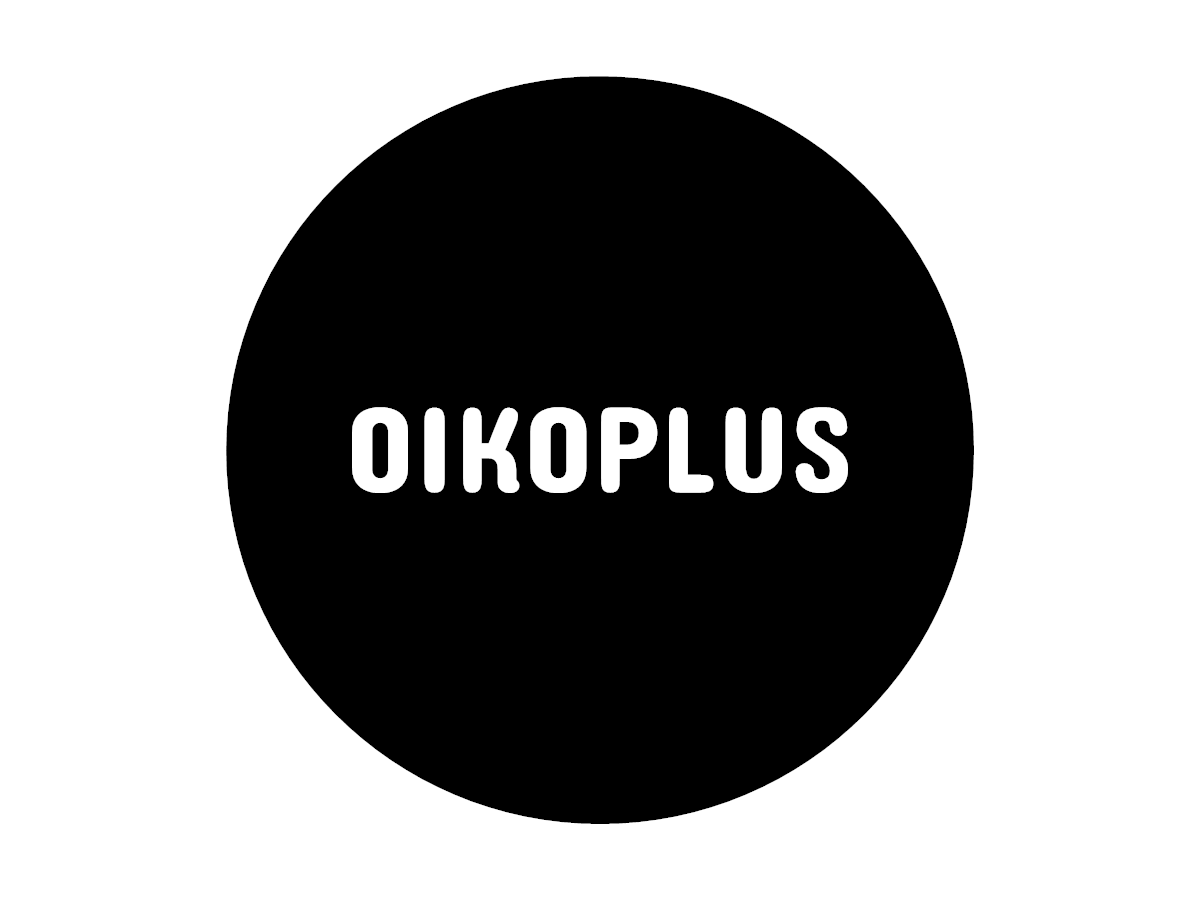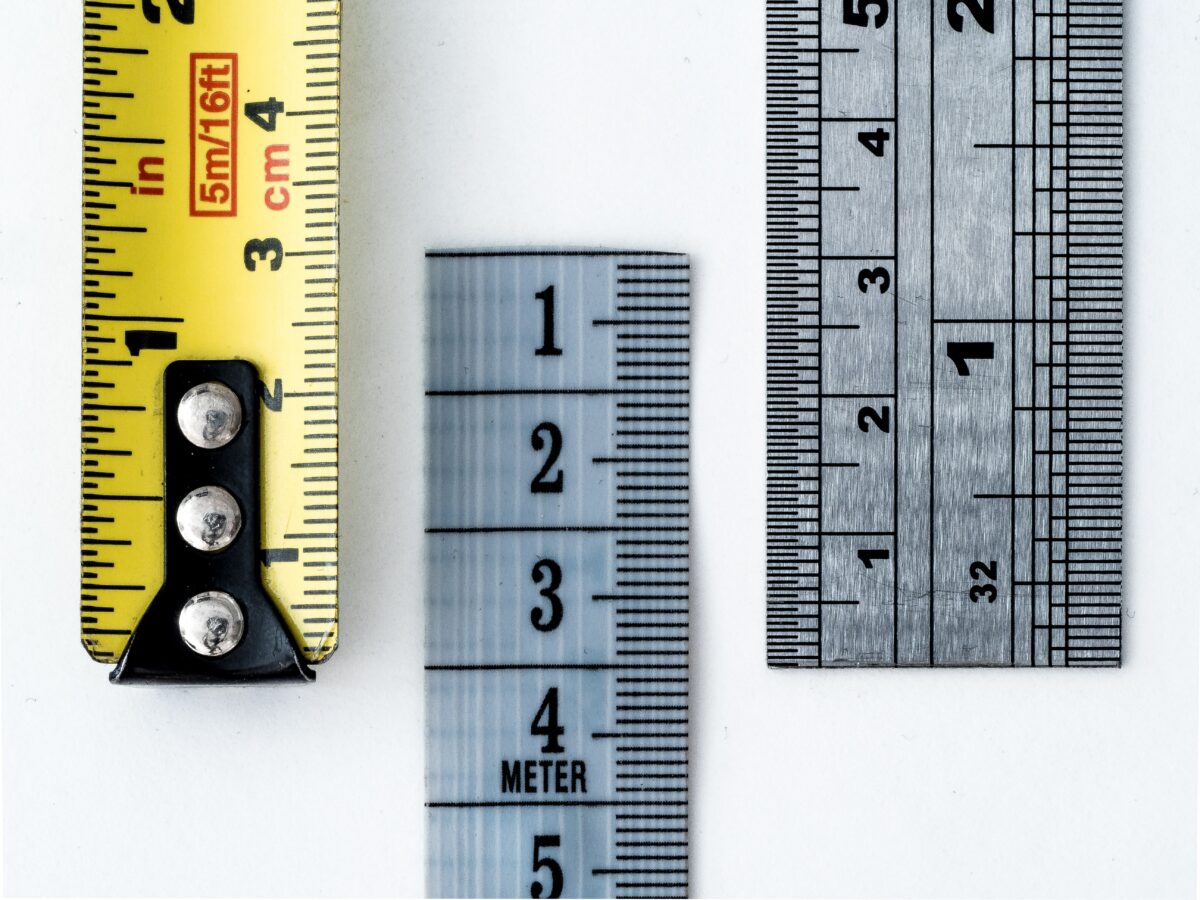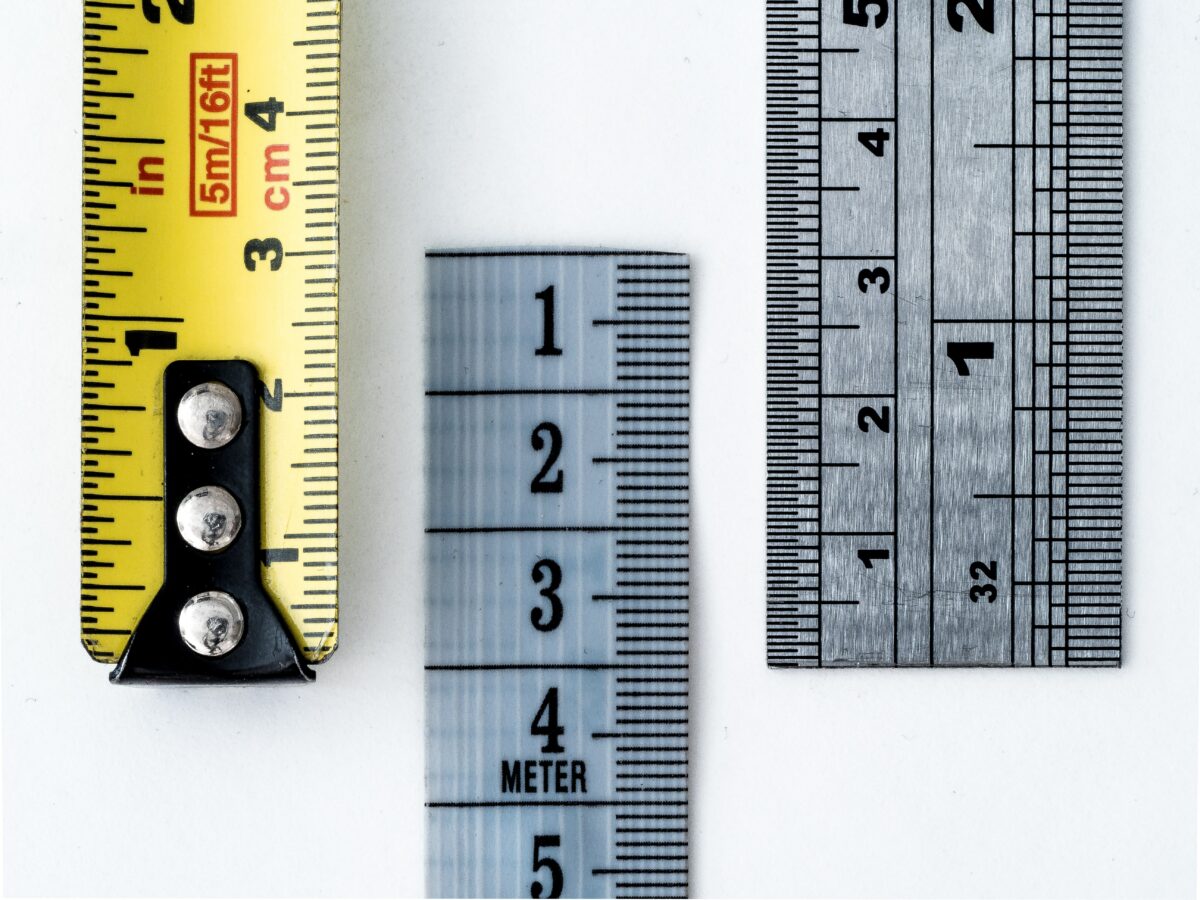Immersive experiences are very popular as a tool for science communication. Do they keep their promises?
When I was ten or eleven years old, I visited an exhibition about street children in the Global South with my school. We had previously read the book “Das Tor zum Garten der Zambranos” by Gudrun Pausewang in German class, which is about the friendship between a street boy and the son of a rich family who swap roles. The exhibition perfectly complemented the book reading, as it picked up on many of the themes. The exhibition took visitors to Latin American, Asian and African contexts, complete with reconstructed street scenes and matching artifacts. And visitors experienced the exhibition in uncomfortable improvised slippers made from car tires, as street children often wear.
A quarter of a century later, I still remember this exhibition. But why? My guess: the combination of reading a book, a well-made exhibition and the very tactile car tire slippers was memorable enough to be remembered to this day. An immersive experience of white norther privilege, completely undigital and analog. Today, decades later, immersion is usually thought of as an interweaving of analog and digital experiences. There are numerous specialized providers who are also active in science communication. Immersive virtual reality offers huge potential for communicating science and research. The SciComm portal impact.science therefore sees virtual reality experiences as number 1 of the top 10 science communication trends of 2024. But what exactly are immersive experiences?
Immersion: what?
The Immersive Experience Institute, a kind of think tank from California, provides useful definitions here. Those who want to delve deeper into the question of what constitutes immersive experiences and what their potential and qualities are can find peer-reviewed answers in the Journal of Network and Computer Applications. And those interested in the practical implementation level can, for example, take a look at the Copenhagen-based company Khora, with whom Oikoplus recently collaborated on an EU project submission. The creative team at Khora develops virtual reality and augmented reality for a wide range of applications. The projects in which Khora is involved show how virtual reality is also being used and researched in EU-funded research and innovation projects. For example, in the Horizon Europe project XTREME (Mixed Reality Environment for Immersive Experience of Art and Culture), which was launched in January 2024. In this project, a consortium of 14 partners is researching and developing mixed reality (MR) solutions for experiencing art.
Of course, many applications of virtual reality, augmented reality and immersive technologies are resource-intensive and costly. As a result, their field of application is often of a commercial nature. One example of this is the exhibition “Van Gogh – The Immersive Experience”, which has been successful around the world. But even here, knowledge is conveyed and brought to life.
What are the communicative benefits of immersion?
But do immersive experiences with the support of modern VR and AR technology also lead to measurable communication success? Well, the answer is not quite that simple. Research into this is being conducted selectively: Elizabeth Behm-Morawitz at the University of Missouri, for example, has investigated the effectiveness of VR as a science communication tool. However, for a very specific use case. In an article on LinkedIn, the company Imagineerium, a British provider of technology-supported immersive experiences, writes: “There has not been a great deal of research done on human psychology when exercised in an immersive experience, but some scientists and psychologists are beginning to look into it more as VR grows from strength to strength and immersion is starting to be used in learning experiences.”
It is probably not easy to say whether digital, immersive experiences are a useful communication tool. As is so often the case, it all depends. In any case, they expand the toolbox of science communication. Virtual reality and augmented reality are certainly a useful tool for many a communicative message and many a target group. But not in any case, for everyone, everywhere.
The immersive exhibition I visited as a boy, which was completely analog and which I visited in the late 90s, is a good example of this. I remember the experience of the exhibition, but less about the actual exhibition content. But maybe that was just too long ago.








